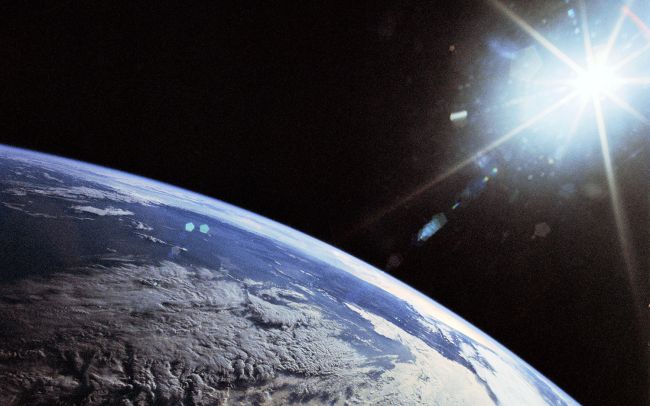

This Saturday, July 4, Earth will be at the farthest point in its orbit around the sun, also known as aphelion.
Aphelion will occur at 7:34 a.m. EDT (11:34 GMT), at which time Earth will be about 94,507,635 miles (152,095,295 kilometers) from the sun. That's more than 1.5 million miles (2.5 million km) farther than the planet's average distance of about 93 million miles (150 million km) — and 3 million miles (5 million km) farther away than it is at perihelion, or the shortest distance from the sun, which happened on Jan. 5.
Earth travels in an elliptical, or oval-shaped, orbit around the sun. As a result, the distance between Earth and the sun varies by about 3% throughout the year.
When Earth reaches aphelion, the sun appears slightly smaller in the sky than at any other time of year, though the difference is not noticeable to the naked eye, according to In-The-Sky.org. (And you should never look at the sun without proper eye protection.)
Our planet reaches aphelion only once a year, and the event typically falls approximately 14 days after the June solstice, which marks the first day of summer for the Northern Hemisphere and the first day of winter for the Southern Hemisphere. Similarly, perihelion happens two weeks after the December solstice.

However, the change in distance from the sun is not related to Earth’s seasons. Rather, the seasons result from Earth’s tilt on its axis. Right now, it’s summer in the Northern Hemisphere because the northern part of Earth is tilted toward the sun, and it’s winter in the Southern Hemisphere because the southern part of Earth is tilted away from the sun.
Given that Earth is now approaching its farthest point from the sun, it is also traveling most slowly in its orbit. In turn, summer is the longest season in the Northern Hemisphere, while winter is the longest season on the southern half of the planet.